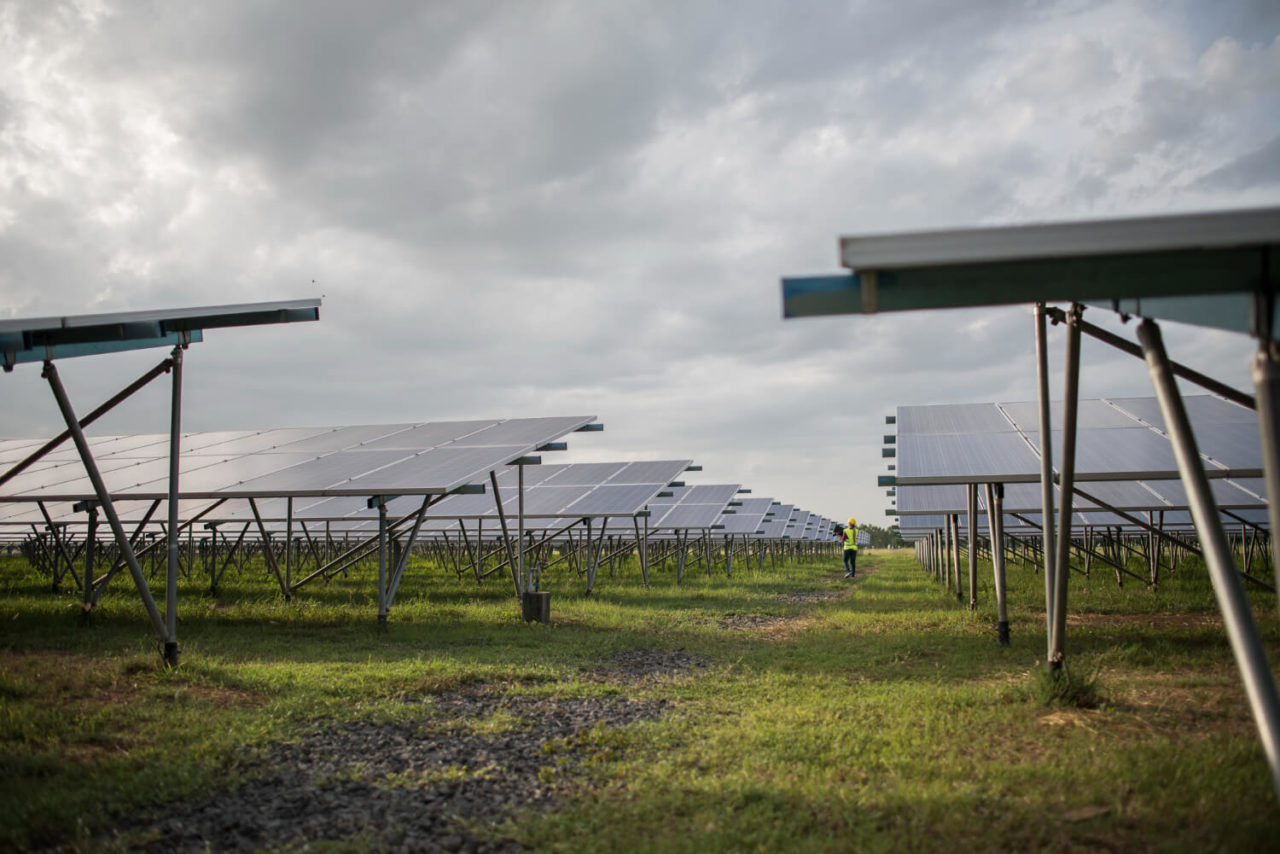
In the quest for sustainable energy solutions, the concept of agrivoltaics has emerged as a promising and ingenious strategy. Agrivoltaics, sometimes referred to as “solar farming,” involves the coexistence of solar panels and agriculture on the same land. This innovative approach not only addresses the increasing demand for clean energy but also optimizes land use for both food production and renewable power generation.
The principle behind agrivoltaics is simple yet effective. Instead of occupying vast expanses of open land with solar farms, solar panels are strategically placed above crops in farmlands. These panels are elevated on structures that allow sunlight to filter through, creating a harmonious environment where crops and solar energy production coexist.

By utilizing this synergy between agriculture and solar power, agrivoltaics has the potential to unlock gigawatts of clean energy. Here’s how it works:
- Maximizing Land Utilization: Traditional solar farms require significant amounts of land, often leading to deforestation or the conversion of valuable ecosystems. Agrivoltaics utilizes land that is already designated for agriculture, making it a more sustainable land use option.
- Increased Crop Yields: Contrary to concerns about shading, many studies have shown that strategically placed solar panels can actually benefit crops. They provide shade during hot summer months, reducing water evaporation and heat stress on plants. Additionally, they protect against extreme weather conditions, such as hailstorms and heavy rain, which can damage crops.
- Renewable Energy Generation: Solar panels in agrivoltaic systems generate electricity from the sun, which can be fed into the grid or used on-site. This clean energy contributes to reducing greenhouse gas emissions and reliance on fossil fuels.

- Water Conservation: The shade created by solar panels reduces water evaporation from the soil, helping conserve water resources. This is particularly important in regions prone to drought.
- Economic Benefits: Agrivoltaics can provide farmers with an additional source of income through electricity generation and reduced water usage, thereby increasing the overall economic viability of their operations.
- Climate Resilience: Combining agriculture and renewable energy production helps build climate resilience by diversifying income sources for farmers and contributing to the reduction of greenhouse gas emissions.
Agrivoltaics in Canada
Agrivoltaics is already happening in Canada, mostly with sheep grazing between panels on marginal land. In addition to helping Canada meet its energy and food demands, agrivoltaic farming can assist the country eliminate its dependency on fossil fuels and its greenhouse gas emissions (as well as the associated emissions liabilities).
As the world seeks to transition towards sustainable energy sources and address the challenges of climate change, agrivoltaics offers a practical and environmentally friendly solution. It showcases how innovation and thoughtful land management can yield not only gigawatts of solar power but also a more sustainable and resilient future for agriculture and energy production.
Original Source: Energy Post

Universal Kraft is active in Canada with a portfolio of more than 1,55 GW in development. Discover more of our projects here.




